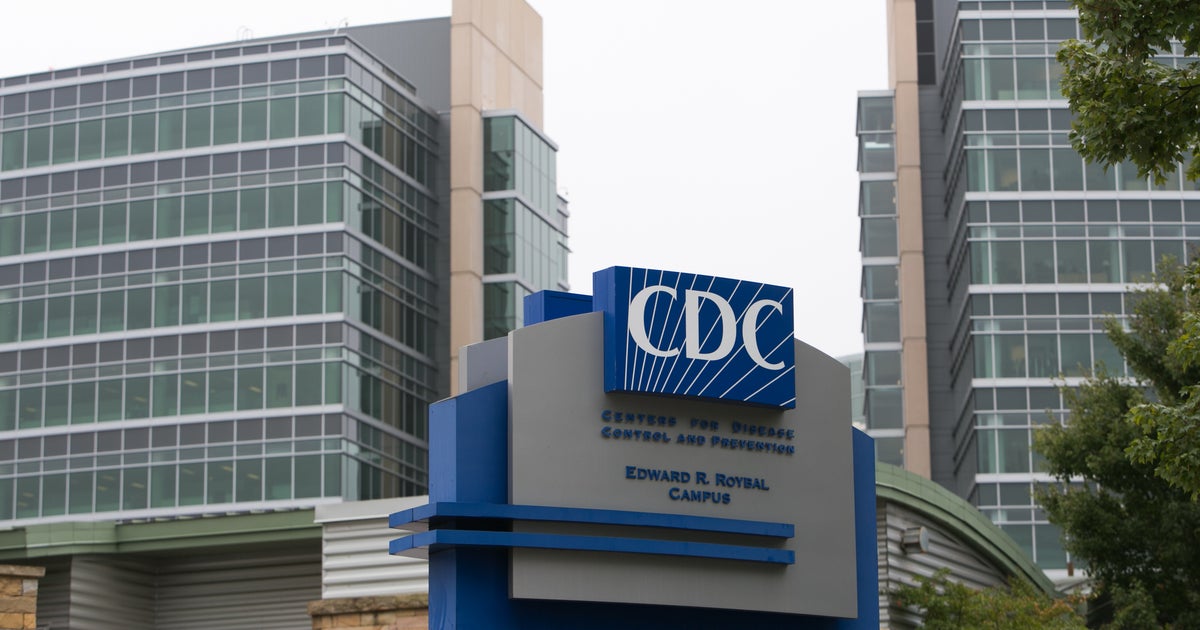Busy month for tick bites, as lone star pests continue western crawl on Long Island
Ticks this month have been active on Long Island, with emergency room visits for bites at the highest level since 2019 in the Northeast and health experts and doctors reporting the lone star tick's continued westward march across Suffolk County.
Hospital emergency department visits for tick bites in the region that includes New York were at 285 per 100,000 as of Sunday, the highest since 2019, according to preliminary data from the Centers for Disease Control and Prevention.
Local emergency department data on tick bites is not available, but doctors are also reporting a busy tick season.
"We are having lots of children come into the office and the emergency department for evaluations of tick bites," said Dr. Andrew Handel, a pediatric infectious disease specialist at Stony Brook Children’s Hospital who has a focus on tick-borne illnesses. "So far, we haven't seen much Lyme disease ... but the bites themselves are absolutely happening."
The main culprit at this time of year is the lone star tick, an aggressive biter active from about April to June, which can carry diseases including ehrlichiosis and Rocky Mountain spotted fever. Some people who are bitten by lone star ticks develop a red meat allergy known as alpha-gal syndrome.
Unlike the black-legged tick, also known as a deer tick, they do not transmit the bacteria that causes Lyme disease.
Scott Campbell, Suffolk County’s chief entomologist, who oversees year-round tick surveillance, said Lyme disease is still the most common tick-borne illness found in the county's ticks. But it has a lot of company. Ehrlichiosis, for example, is a bacterial infection carried by lone star ticks that can become serious if not treated properly.
"What we are finding is that ehrlichiosis is increasing in western Suffolk over time," said Campbell, director of the Arthropod-Borne Disease Laboratory at the Suffolk County Department of Health Services. "The assumption is it's because we're starting to see an increase in the lone star ticks in western Suffolk. So with that increase of the lone star tick population, you would expect to see an increase of ehrlichiosis."

Scott Campbell, Suffolk County’s chief entomologist, on Wednesday. Credit: John Roca
National data from the CDC shows a relatively steady climb in human cases between 2000 and 2022, except for a dip during the first years of the COVID-19 pandemic.
Dr. Luis Marcos, an infectious disease specialist with Stony Brook Medicine who researches tick-borne illnesses, said he is getting more referrals from patients who live in either western Suffolk or the North Shore of Nassau County.
"Something unique this season is that they’re coming more from the west than the east," Marcos said. "A lot of patients who are complaining that they are seeing more ticks are actually coming from the west."
He said they started seeing people with tick bites in early April.
"It was mainly the lone star tick and lots of itching," he said. "They were coming to our clinics because they were concerned about developing the meat allergy. Quite a few of them did not have any problems, but now in May we are seeing actually more deer tick bites."
Even lone star larvae, the smallest and youngest ticks, have made a big impact on people who encounter them, whether they are running or hiking. Causing an intense itch, those bitten mistakenly think they are chiggers.
"They come out in midsummer to fall," Campbell said. "And people get hundreds of bites." They are generally pathogen free, though they could theoretically cause alpha-gal syndrome, he said.
Lone star ticks gained their name from the white spot on the back of adult females. They are one of the first tick species to emerge in the spring, followed by black-legged ticks in late May and June. Black-legged ticks carry Borrelia burgdorferi, the pathogen that causes Lyme disease.
"The lone star ticks are out in full force," Campbell said. "The black-legged ticks are starting to come out."
In 2023, over 21,000 Lyme disease cases were reported in New York — including 3,299 in Suffolk County and 697 in Nassau County, according to the state Health Department. Experts said the actual number of cases is likely much higher since many people don’t recognize the symptoms, which can include fatigue, joint pain, headache, fever, a rash and sometimes temporary facial paralysis. Marcos said another problem is many doctors are not educated on how to treat someone who may have symptoms of Lyme disease.
Knowing which ticks can carry viruses is vital, doctors said. For example, lone star ticks can also carry Bourbon virus disease and Heartland virus disease, two emerging tick-borne viruses. Both have only been detected at "extremely low levels" in Suffolk County ticks, according to the county Heath Department.
Along with Borrelia burgdorferi, black-legged ticks can carry the rare but serious Babesiosis and Powassan viruses.
"We are starting to better understand these less common pathogens and look for them more," Handel said.
Not all ticks carry viruses, but Handel said it’s better to remove a tick as soon as you see it. Use tweezers, put the tick in a container and bring it to your medical provider to discuss if treatment is needed.
"Do not panic," he said. "Tick bites are unfortunately a part of life on Long Island. It’s something we are all going to experience at some point."

Lisa joined Newsday as a staff writer in 2019. She previously worked at amNewYork, the New York Daily News and the Asbury Park Press covering politics, government and general assignment.









